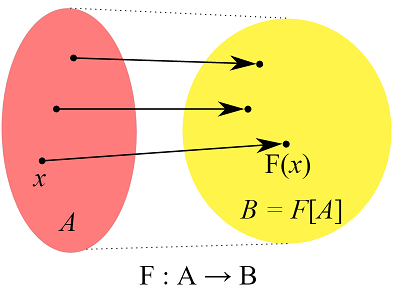# Set Theory Axioms
Specifically, ZFC is a collection of approximately 9 axioms (depending on convention and precise formulation) that, taken together, define the core of mathematics through the usage of set theory. More formally, ZFC is a predicate logic equipped with a binary relation ∈, which refers to set membership and is read as "in". To be clear, it is said that a∈b when a is an element of b.
# Notation
In general, statements in set theory are expressed using first-order logic, which uses a number of quantifiers (or logical symbols):
This allows for the axioms in ZFC to be stated succinctly using symbols, as in the following section.
# Formal Definition (Axioms)
The axioms of ZFC can be stated in several equivalent ways, and have slightly different names and logical formulations depending on the source. Of course, each individual source will have a rigorous correct treatment of the axioms, one of which follows:
# Axiom of extensionality
TIP
In other words, if
# Axiom of pairing
TIP
In other words, for all
# Axiom of comprehension
Axiom of comprehension: the elements of
TIP
In plain language, this statement is equivalent to "Given any property
# Axiom of union
TIP
In other words, for all
# Axiom of power set
TIP
In other words, for any set
# Axiom of infinity
TIP
In simpler terms, an infinite set exists.
# Axiom of replacement
If

A function takes any set
# Axiom of regularity
TIP
In other words, for all non-empty sets
- No set can be an element of itself. This resolves Russell's paradox.
- Every set has a smallest element with respect to ∈.
These 8 axioms define a consistent theory, ZF (though, of course, it is very difficult to prove that this system is consistent). When the axiom of choice is added to the eight axioms above, the theory becomes ZFC (the "C" for choice), and it is this system that is commonly used as the foundation of mathematics.
